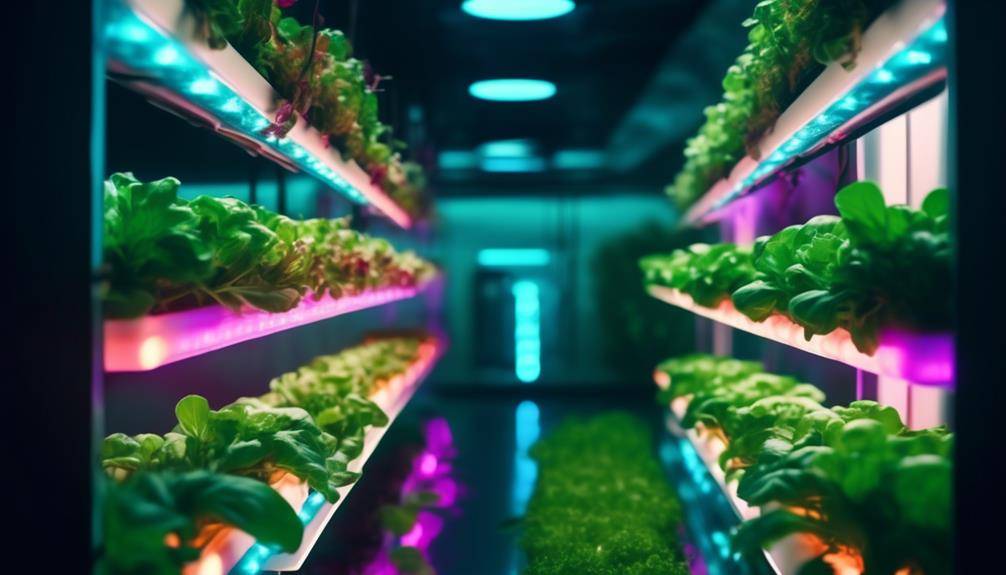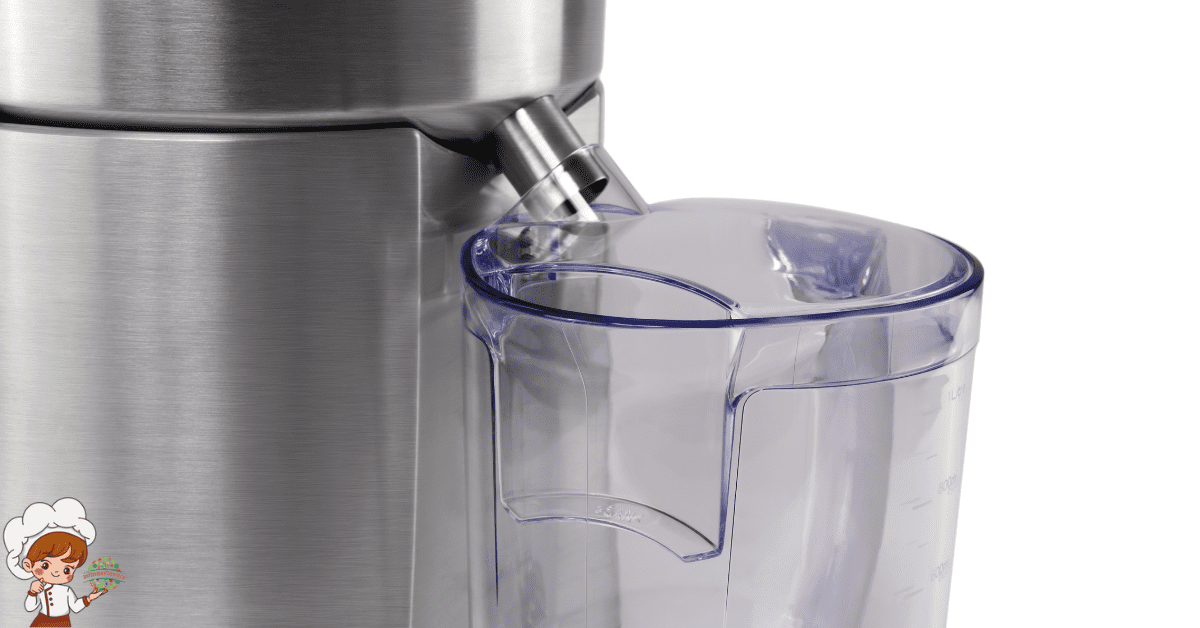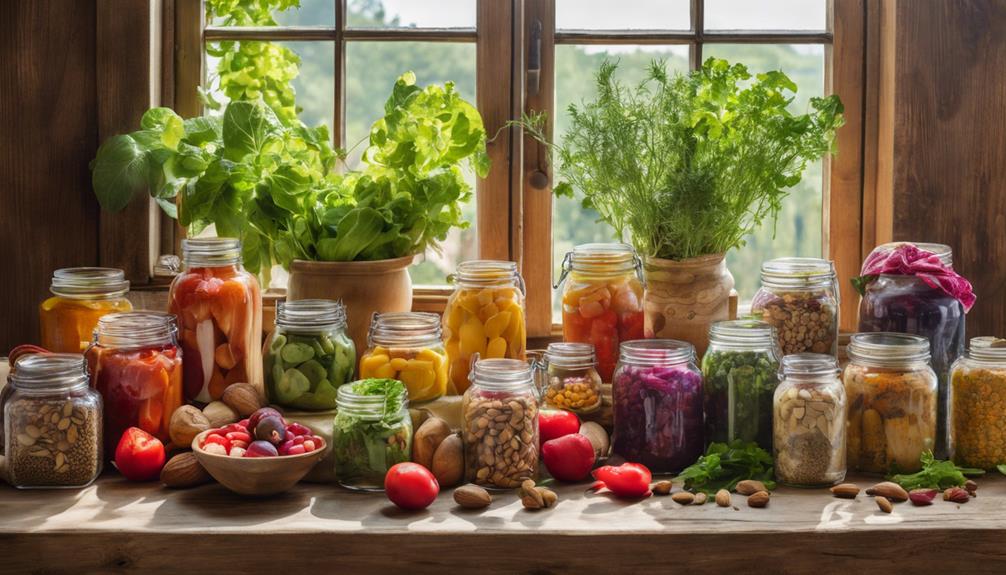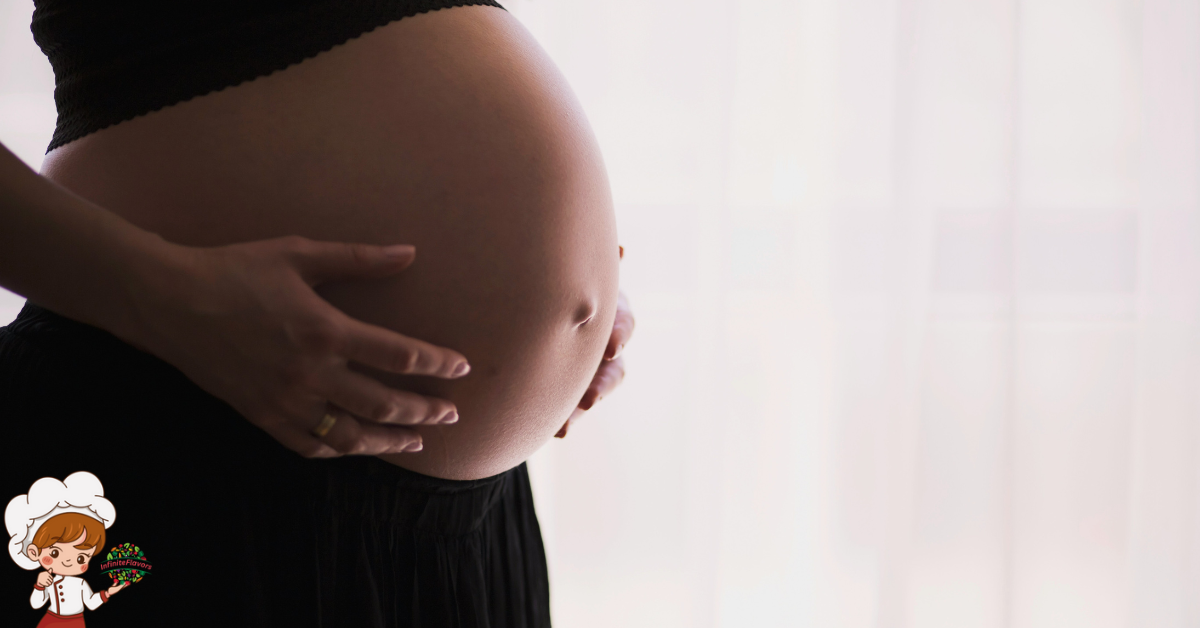How To Bake A Perfect Cheesecake
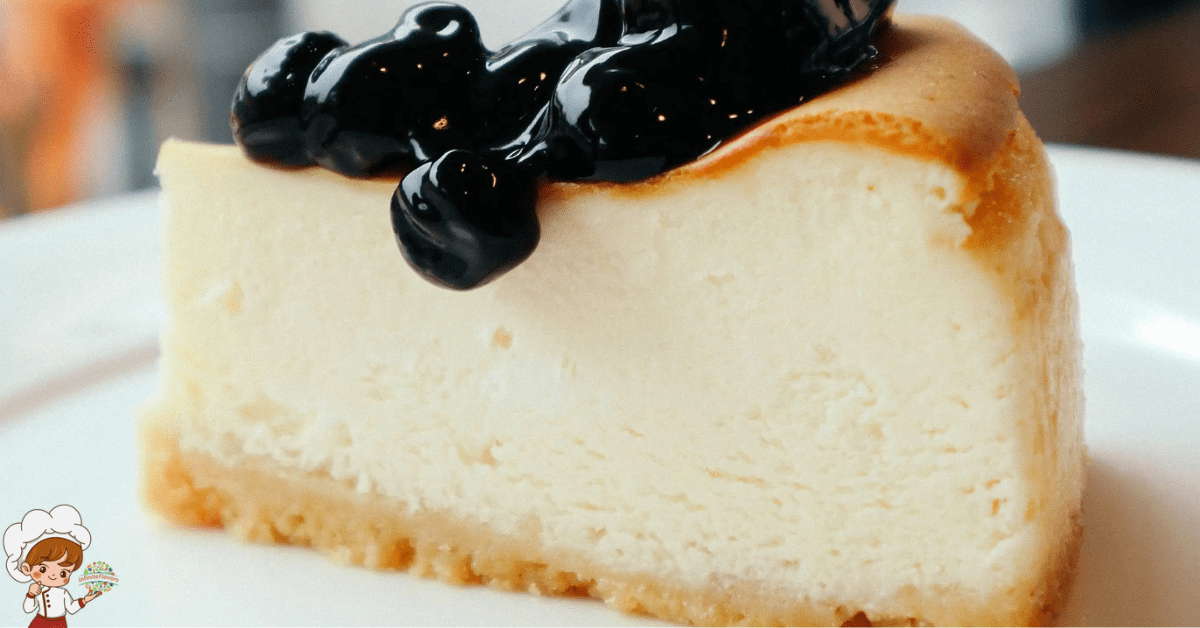
How To Bake A Perfect Cheesecake; Are you craving a velvety, smooth cheesecake that will leave your taste buds begging for more? Look no further. In this guide, you will discover the secrets to baking a perfect cheesecake that will impress even the most discerning dessert connoisseurs. From selecting the finest ingredients to mastering the art of achieving the ideal texture, each step will be carefully explained to ensure your cheesecake turns out flawlessly. Get ready to embark on a culinary journey that will leave you with a mouthwatering masterpiece. So, grab your apron and prepare to unlock the secrets of baking the perfect cheesecake.
How To Bake A Perfect Cheesecake: Choosing the Right Ingredients
To bake a perfect cheesecake, it is essential that you carefully choose the right ingredients. Substituting ingredients can greatly affect the texture and flavor of your cheesecake. While some substitutions may be acceptable, others can lead to disastrous results. The first and most important ingredient to consider is the cream cheese. Opt for a high-quality, full-fat cream cheese for a rich and creamy texture. Avoid using low-fat or non-fat cream cheese as it can result in a dry and grainy cheesecake.
Next, the choice of sweetener plays a crucial role in achieving the perfect balance of sweetness. Granulated sugar is the most commonly used sweetener, but you can also experiment with alternatives like honey or maple syrup. Just keep in mind that these substitutions may alter the texture and taste of the cheesecake slightly.
When it comes to the crust, graham crackers are the traditional choice. However, you can substitute them with other cookie crumbs like digestive biscuits or even chocolate sandwich cookies to add different flavors. Be sure to melt butter and mix it thoroughly with the crumbs to ensure a firm and stable crust.
Now let’s talk about the baking temperature and time. Cheesecakes are typically baked at a low temperature of around 325°F (163°C) to prevent cracking. The baking time can vary depending on the size of the cheesecake and the recipe. It is crucial to follow the recipe instructions regarding the baking time and to avoid opening the oven door during the baking process, as sudden temperature changes can cause the cheesecake to crack.
Preparing the Crust
Start by crushing the graham crackers or other cookie crumbs into fine, even pieces. This step is crucial for achieving a perfectly textured crust for your cheesecake. You can use a food processor to make the process quick and easy, or place the cookies in a resealable plastic bag and crush them with a rolling pin until they resemble fine crumbs.
When preparing the crumbs, it’s important to choose the right type of cookie for your crust. Graham crackers are a popular choice, but you can also use other cookies such as digestive biscuits, vanilla wafers, or even chocolate sandwich cookies. Consider the flavor profile you want to achieve and select a cookie that complements the flavors of your cheesecake.
Next, you need to choose the right pan for your cheesecake. A springform pan is the most commonly used pan for baking cheesecakes. It has a removable bottom and a latch that allows you to easily release the sides of the pan, ensuring a clean and intact cheesecake. Make sure to grease the pan to prevent the crust from sticking.
To prepare the crust, combine the cookie crumbs with melted butter and a pinch of salt. The butter acts as a binder and helps the crust hold together. Mix the ingredients until the crumbs are evenly coated with butter. Then press the mixture into the bottom of the greased pan, making sure to create an even layer.
Mixing the Cheesecake Batter
Now, let’s dive into the process of mixing the cheesecake batter to achieve a smooth and creamy texture. Preparing the batter is a crucial step in baking a perfect cheesecake. To ensure that your cheesecake turns out rich and velvety, it is important to follow the proper mixing techniques.
First, gather all your ingredients and make sure they are at room temperature. This will help the ingredients to blend together smoothly. Next, start by beating the cream cheese in a large mixing bowl until it is fluffy and free of any lumps. This can be done using an electric mixer or a stand mixer fitted with a paddle attachment.
Once the cream cheese is smooth, add in the sugar gradually while continuing to beat on low speed. This will help prevent any clumps from forming. After the sugar is incorporated, add in the eggs one at a time, beating well after each addition. This will ensure that the eggs are fully mixed into the batter and will help create a creamy texture.
For added flavor, you can also incorporate other ingredients such as vanilla extract, lemon zest, or melted chocolate. Be sure to mix these ingredients in thoroughly to evenly distribute the flavors throughout the batter.
When the batter is smooth and well mixed, pour it over the prepared crust in the springform pan. Use a rubber spatula to smooth out the top and remove any air bubbles.
How To Bake A Perfect Cheesecake
Once the cheesecake batter is mixed to perfection, it’s time to move on to the crucial step of baking the cheesecake. Baking the cheesecake requires careful attention to detail, as the right baking time and oven temperature are essential for achieving a perfect texture and flavor.
To start, preheat your oven to 325°F (163°C). It’s important to allow the oven to fully preheat before placing the cheesecake inside. This ensures even baking and prevents any fluctuations in temperature that could affect the final result.
Next, carefully transfer the cheesecake batter into a prepared crust and smooth the top with a spatula. Place the filled crust onto the center rack of the preheated oven. Avoid placing the cheesecake too close to the oven walls, as this can result in uneven baking.
The baking time for a cheesecake can vary depending on its size and thickness. As a general guideline, a 9-inch (23 cm) cheesecake will typically require about 60-70 minutes of baking time. However, it’s crucial to keep an eye on the cheesecake and use visual cues to determine when it’s done.
The cheesecake is ready when the edges are set and slightly puffed, while the center still jiggles slightly when gently shaken. Overbaking can lead to a dry and cracked cheesecake, so it’s better to slightly underbake it and let it firm up during the cooling process.
Once the baking time is complete, turn off the oven and leave the cheesecake inside with the oven door slightly ajar for about an hour. This gradual cooling helps to prevent any sudden temperature changes that could cause the cheesecake to crack.
Testing for Doneness
To test for doneness, gently shake the cheesecake to see if the center jiggles slightly. This is one of the most effective testing techniques to ensure that your cheesecake is perfectly baked. When the cheesecake is almost done, the edges will be set while the center will have a slight jiggle. This is the ideal consistency for a creamy and smooth cheesecake.
Another popular testing method is the toothpick method. Insert a toothpick into the center of the cheesecake and gently pull it out. If it comes out clean or with a few moist crumbs, then your cheesecake is done. However, if the toothpick comes out with wet batter, it needs more time to bake.
It’s important to note that overbaking can result in a dry and dense cheesecake, while underbaking can lead to a runny and undercooked center. Therefore, it is crucial to rely on these testing techniques to achieve the perfect texture and consistency.
Remember to be patient and allow the cheesecake to cool completely before testing for doneness. The center will continue to set as it cools, so do not rush the process. Once the cheesecake has cooled, you can perform the shake or toothpick test to ensure that it is fully cooked.
Cooling and Refrigerating the Cheesecake
For optimal results, it is essential to allow the cheesecake to cool completely before refrigerating. Cooling the cheesecake properly helps it set and prevents any cracks from forming on the surface. After removing the cheesecake from the oven, leave it in the pan for about 10 to 15 minutes to cool slightly. This allows the cheesecake to contract away from the sides of the pan, making it easier to remove later.
To prevent the cheesecake from sticking to the pan, it is crucial to prepare the pan properly. Before pouring in the batter, lightly grease the bottom and sides of the pan with butter or cooking spray. Then, line the bottom of the pan with parchment paper. This ensures that the cheesecake comes out easily and keeps its shape.
Once the cheesecake has cooled slightly, carefully run a thin knife around the edges of the pan to loosen it. This step helps to prevent any sticking when you remove the cheesecake later. Gently release the springform pan sides and remove them.
Now it’s time to cover the cheesecake before refrigerating. Place a clean, dry piece of parchment paper directly on top of the cheesecake to prevent condensation from forming. Then, cover the entire pan with plastic wrap or aluminum foil. This double layer of protection helps to maintain the cheesecake’s texture and flavor.
Now that you have properly cooled and covered the cheesecake, it’s ready to be refrigerated. Place it in the refrigerator for at least 4 hours or overnight to allow it to firm up and develop its flavors. Once fully chilled, you can remove the cheesecake from the pan, slice, and serve. Enjoy your perfectly cooled and delicious cheesecake!
Adding a Tasty Topping (Optional)
Now it’s time to take your cheesecake to the next level by adding a tasty topping. There are several options to choose from, each offering a unique burst of flavor. You can go for flavorful fruit toppings like fresh berries or tangy citrus slices, or indulge in a decadent chocolate ganache for a rich, velvety finish. If you prefer something light and airy, a dollop of creamy whipped cream will do the trick. The choice is yours, and it’s sure to elevate your cheesecake to new heights of deliciousness.
Flavorful Fruit Toppings
If you want to take your cheesecake to the next level, consider adding a flavorful fruit topping. One option is a fruit compote, which is a thick, sweet sauce made from cooked fruit. You can choose from a variety of fruits such as strawberries, blueberries, or raspberries, depending on your preference. To make a fruit compote, simply simmer the fruit with sugar and a bit of lemon juice until it thickens.
Another great option is caramel sauce, which adds a rich and indulgent flavor to your cheesecake. To make caramel sauce, melt sugar in a saucepan until it turns golden brown, then stir in butter and cream. Drizzle your chosen fruit topping over the cooled cheesecake for a burst of flavor that will leave your taste buds wanting more.
Decadent Chocolate Ganache
To add a decadent touch to your cheesecake, consider topping it with a luscious and rich chocolate ganache. Chocolate ganache is a versatile topping that adds a smooth and velvety texture to your cheesecake. There are various variations of chocolate ganache that you can try to suit your taste preferences. For a classic ganache, simply melt equal parts of chocolate and heavy cream together until smooth and glossy. You can also experiment with different types of chocolate such as dark, milk, or white chocolate to create different flavor profiles.
If you’re looking for alternative toppings for your cheesecake, you can also consider options like fresh berries, caramel sauce, or whipped cream. These toppings add a fruity or creamy element to complement the richness of the cheesecake. The key is to choose a topping that enhances the flavors and adds an extra layer of indulgence to your dessert.
Creamy Whipped Cream
As you continue to perfect your cheesecake, another delicious option to consider as a topping is creamy whipped cream. While traditional whipped cream made from heavy cream and sugar is a classic choice, there are also alternative options available. For those looking for a lighter alternative, you can use coconut cream or almond milk as a base for your whipped cream.
These alternatives not only add a unique flavor but also cater to dietary restrictions. To achieve the perfect piping technique for your whipped cream, it is crucial to use a piping bag fitted with a star-shaped tip. This will give your cheesecake an elegant and professional look. Remember to hold the bag at a 90-degree angle and apply consistent pressure to create beautiful swirls and peaks.
Serving and Enjoying the Cheesecake
When serving and enjoying the cheesecake, make sure to cut it into even slices for a perfect presentation and easy enjoyment. Start by using a sharp knife to cut through the smooth and creamy texture of the cheesecake. It is important to cut the slices evenly, ensuring that each person gets a fair share of this delectable dessert.
To plate the cheesecake, you can use various plating techniques to enhance the visual appeal. You can dust a light layer of cocoa powder or powdered sugar on top of the cheesecake to create an elegant and sophisticated look. Another option is to drizzle some chocolate sauce or fruit coulis on the plate before placing the slice of cheesecake, adding a touch of artistic flair to the presentation.
Pairing the cheesecake with the right wine can elevate the overall dining experience. A sweet dessert wine, such as a late-harvest Riesling or a Moscato d’Asti, complements the richness of the cheesecake. The fruity flavors and slight acidity of these wines help to balance the sweetness of the dessert. Alternatively, you can also pair the cheesecake with a sparkling wine, such as a Prosecco or Champagne, to add a touch of effervescence and refreshment.
How To Bake A Perfect Cheesecake: Troubleshooting Common Cheesecake Issues
Having trouble with your cheesecake? No worries! Let’s troubleshoot some common issues together. We’ll cover solutions for cracked crusts, tips for preventing lumpy batter, and ways to fix an overbaked cheesecake. Get ready to bake the perfect cheesecake every time!
Cracked Crust Solutions
To prevent a cracked crust on your cheesecake, follow these helpful tips and techniques. One of the main reasons for a cracked crust is overbaking. To avoid this, make sure to check your cheesecake regularly during the baking process and remove it from the oven as soon as the edges are set but the center still jiggles slightly. Another way to prevent cracks is to use a water bath. This involves placing your cheesecake pan into a larger pan filled with hot water before baking. The moisture from the water will help create a more even and gentle heat distribution, reducing the chances of cracks.
Lastly, consider using alternative crust options. Instead of using a traditional graham cracker crust, you can try using cookie crumb crusts or even nut crusts, which are less likely to crack. By following these tips, you can achieve a perfectly smooth and crack-free crust for your cheesecake.
Preventing Lumpy Batter
If you’re tired of dealing with lumpy batter when making cheesecake, there are a few simple steps you can take to ensure a smooth and creamy texture every time. The key to preventing lumpy batter is to make sure all your ingredients are at room temperature before you start. This includes cream cheese, eggs, and sour cream. Room temperature ingredients blend together more easily, resulting in a smooth batter. Another tip is to mix the cream cheese on its own first, until it becomes soft and creamy.
Then, add the other ingredients gradually, mixing well after each addition. This will help achieve a smooth texture and prevent lumps from forming. Lastly, make sure to scrape down the sides of the mixing bowl regularly to incorporate any unmixed ingredients. By following these steps, you can prevent lumpy batter and achieve a perfectly smooth cheesecake every time.
Fixing Overbaked Cheesecake
Are you dealing with an overbaked cheesecake and wondering how to fix it? Don’t worry, there are a few steps you can take to salvage your dessert and make it enjoyable again. First, remove the cheesecake from the oven immediately when you notice it’s overbaked. Let it cool completely on a wire rack.
Once cooled, cover the cheesecake with plastic wrap and refrigerate it for at least 4 hours or overnight. This will help to firm up the texture and make it less dry. If the cheesecake is still too dry, you can try adding a rich topping like whipped cream or fruit compote to add moisture and flavor. Remember, while overbaking can be disappointing, with a little effort, you can still enjoy a delicious cheesecake.
How To Bake A Perfect Cheesecake; Frequently Asked Questions
Can I Use Low-Fat Cream Cheese or Other Substitutes in the Cheesecake Batter?
You can use low-fat cream cheese or other substitutes in the cheesecake batter, but it may impact the texture. The low-fat alternatives might result in a lighter and less creamy cheesecake.
How Long Should I Cool the Cheesecake Before Refrigerating It?
Cool the cheesecake for at least 2 hours before refrigerating it. This ensures that it sets properly and maintains its texture. For the best cheesecake recipes, follow the recommended cooling time for each specific recipe.
Can I Use a Different Type of Crust for My Cheesecake, Like Graham Cracker or Cookie Crust?
Yes, you can use a different type of crust for your cheesecake, like graham cracker or cookie crust. Graham cracker crust offers a sweet, crunchy texture while cookie crust adds a unique flavor. It’s all about personal preference!
What Are Some Creative Topping Ideas for My Cheesecake?
For creative topping combinations, try fresh berries with a drizzle of chocolate sauce, or toasted coconut with caramel sauce. Unique flavor pairings include lemon zest with blueberry compote, or crushed pistachios with a honey glaze.
What Should I Do if My Cheesecake Cracks While Baking?
To prevent cheesecake from cracking, make sure to bake it in a water bath and avoid overmixing the batter. If your cheesecake does crack, you can fix it by using a simple sour cream or ganache topping.
Conclusion:
In conclusion, by following these precise and detailed steps, you can bake a perfect cheesecake. From choosing the right ingredients to testing for doneness, and finally adding a tasty topping if desired, this article has provided all the necessary information to ensure a successful outcome. With a little patience and attention to detail, you can enjoy a delicious homemade cheesecake that will impress your friends and family. Happy baking!



